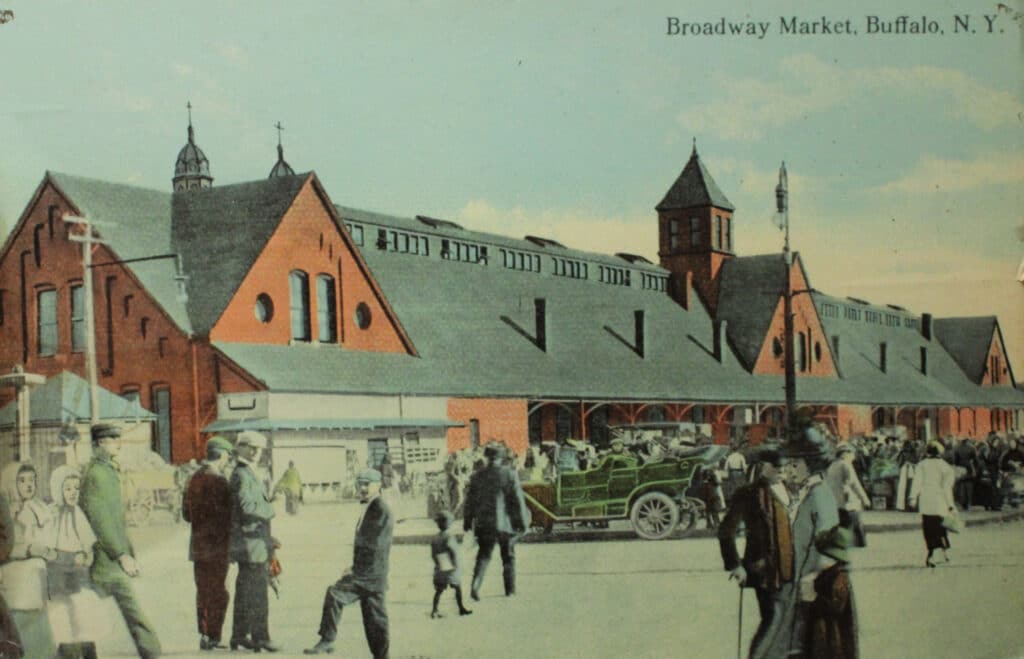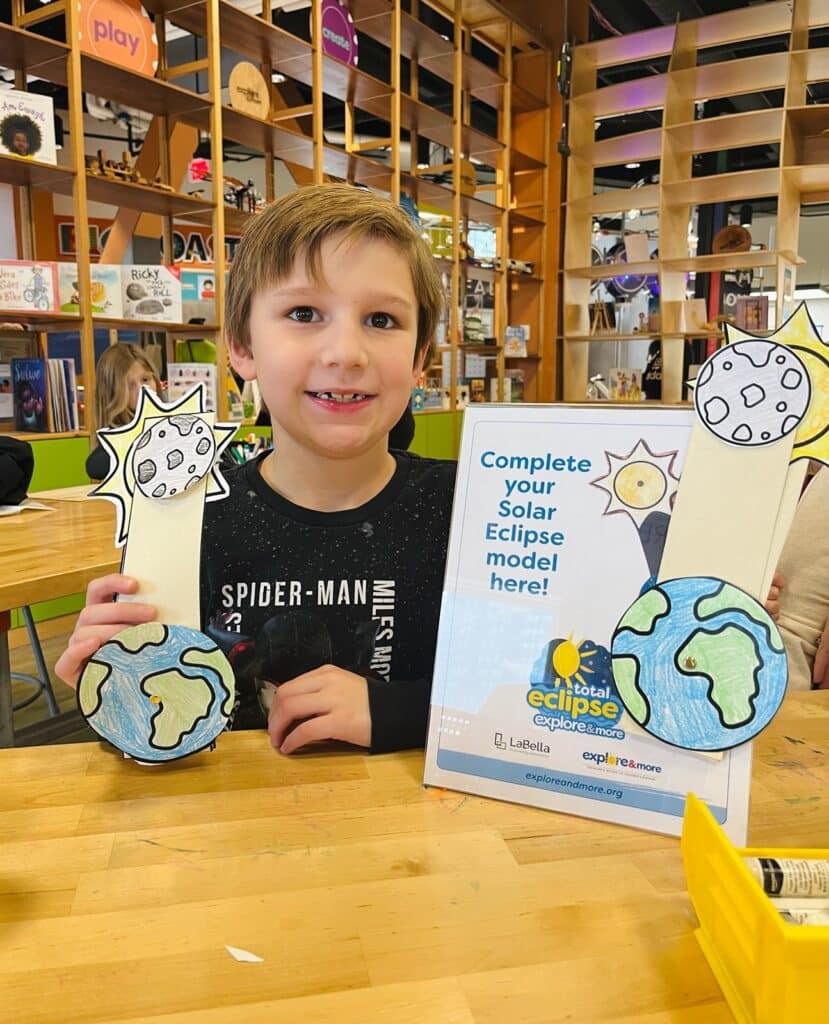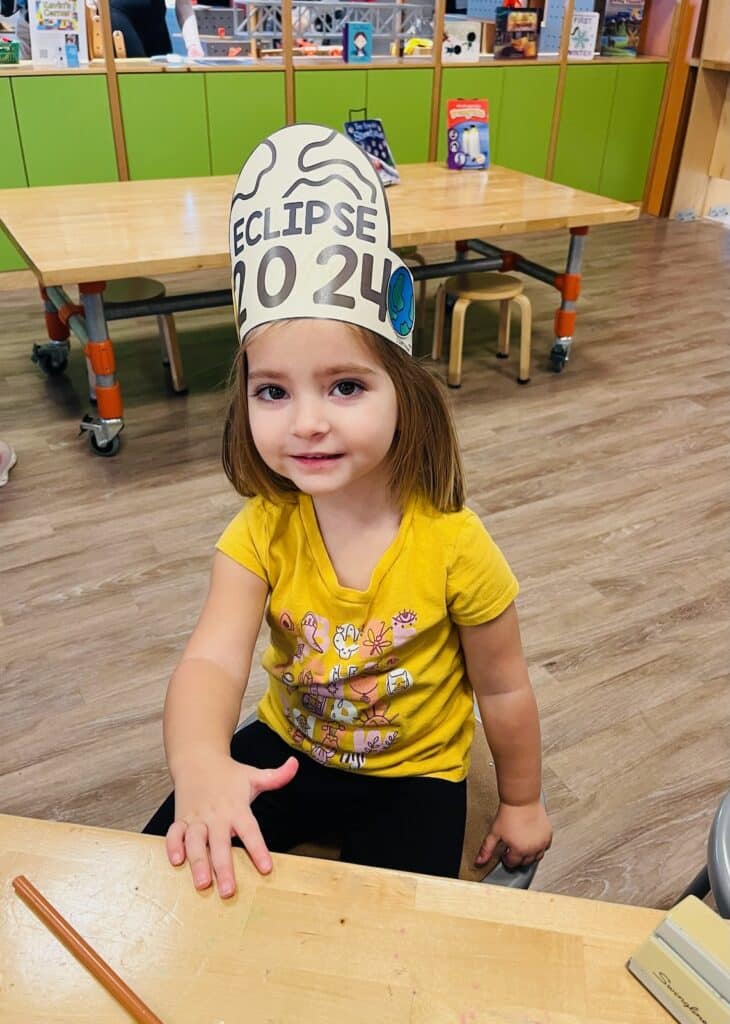By Annie Savinon, STEM Educator
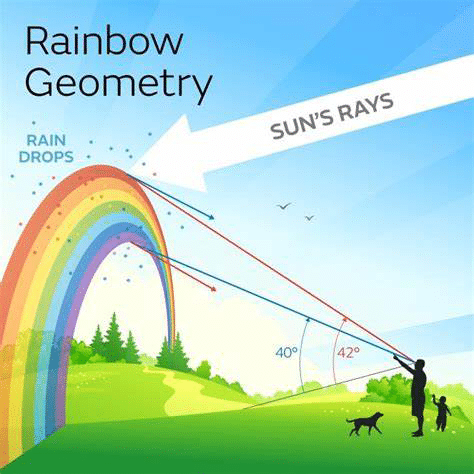
Annie’s STEM Lab: Happy March to all! If you are like me, March reminds you of green shamrocks and vibrant rainbows! But have you ever wondered how rainbows happen in the sky?! Read along and share with your little one, the science of rainbows!
To get an outcome of a rainbow in the sky, there needs to be both sunlight and rain drops. But how do rain drops and sunlight create this beautiful multi-colored spectacle?
An interesting fact to help support this is that rainbows are formed in the opposite direction of the sun. If the sun is to the right of me, someone who is standing outside, the rainbow will be on the left of me, and if the sun is behind me, the rainbows will be in front of me.
Rainbows happen to be one of the many, beautiful scientific phenomena in our world. A (scientific) phenomenon is any event that is observable, including the use of instrumentation to observe, record, or compile data.
Another very eventful phenomena example that is coming up in our neighborhood is the Solar Eclipse! Phenomena are truly beautiful, and fascinating, which causes one to wonder and ask questions about the world around us!

We know that we only see rainbows during the daytime, not ever at night when the sun has set. That is due to the light of the rainbow, which comes from the sun’s rays. But one may ask, how do the colors of a rainbow in the sky become multicolored?
This also happens with a prism, when a single ray of white light breaks up into several beams of colored light. Although it is hard to imagine, white light is comprised of seven colors! These are the same seven colors that are found in a rainbow.
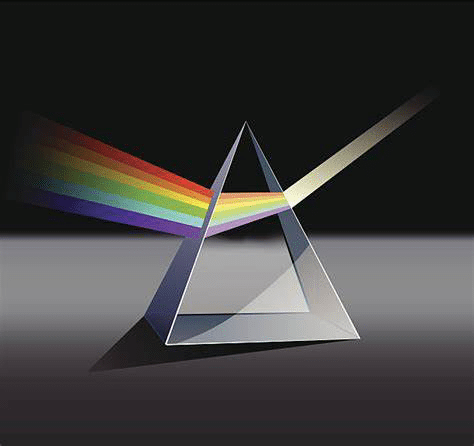
In the sky, raindrops act as miniature prisms and with the necessary help of the sun’s rays, they reflect the seven colors into the sky, formed as a rainbow. We know these colors as violet, indigo, blue, green, yellow, orange, and red!
Another fun rainbow fact is that each person who can see a rainbow, will not see it exactly the same, unless they are standing at the exact same spot, they will see the rainbow from a slightly different angle. How fascinating!
Next time it rains, I hope you and your little one can see a rainbow!
Happy hunting!




